Call Us Anytime
+91 93526-05429Tour Detail...
3 Nights in Bundi
Duration : 4 Day / 3 Night
Place : Bundi - Kota - Bundi
Day1 : Arrival at Bundi.
Arrival at Bundi. H/D City tour / Walk in old street and explore local colorful market. O/N at Hotel at bundi
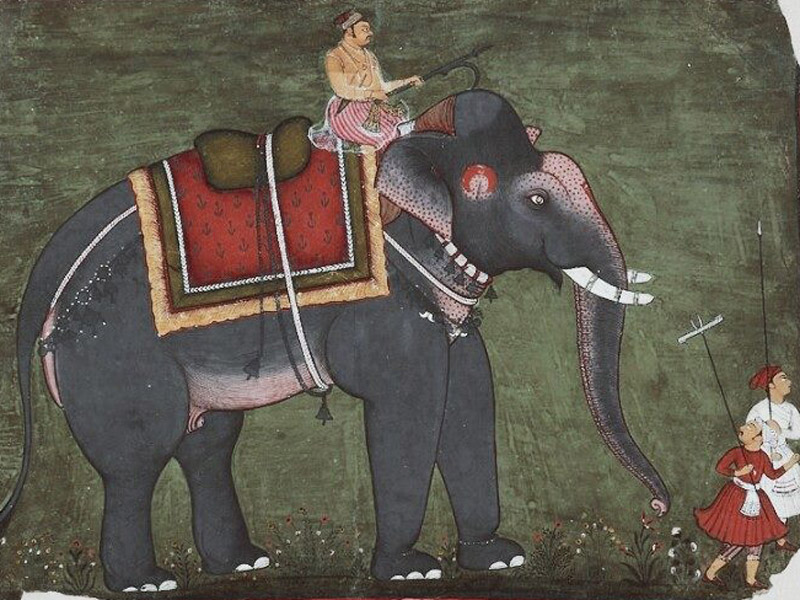
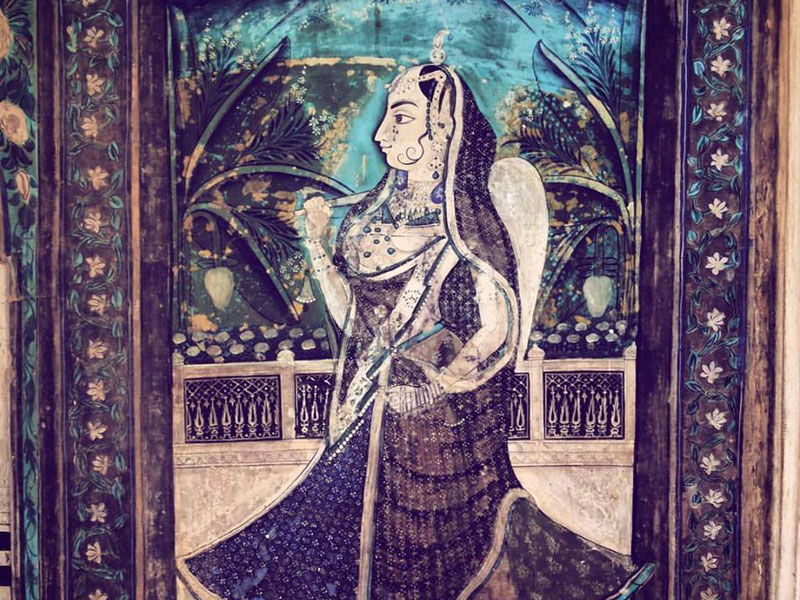
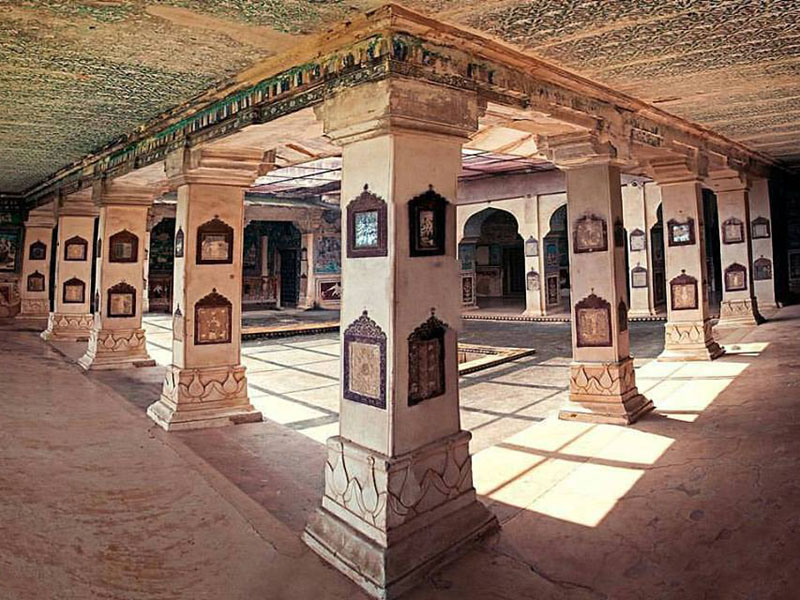
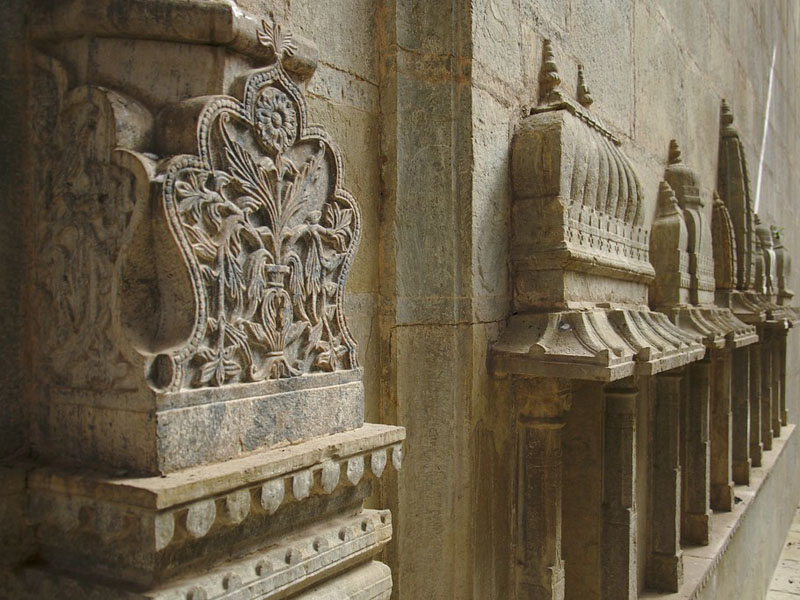
Day2 : Full day visit Bundi Including Taragarh Palace.
From the magnificent Bundi palace to the unconquerable Taragarh fort, Bundi is home to the finest of Rajput architecture. Besides historical monuments, the natural beauty, scenic dams & ponds, wild forests, and the traditional fairs and festivity make Bundi an exciting tourist destination.
A treat for art connoisseurs, the Bundischool of painting is a distinct and one of the most beautiful styles of Rajasthani miniature art. The most famous of the Bundi style is perhaps the Ragmala, a narrative portrayal in spectacular colour.
The kind of interest and awe that Bundi has traditionally generated among tourists is epitomized by Sir Rudyard Kipling's remark, “The Taragarh Fort must have been built by angels not by human beings".
Bundi, a small unexplored town with rich historical wealth. It was named after BundaMeena, the chieftain of the Meena tribe that once inhabited the region. Bundi experienced its days of glory under the reign of the HadaChauhans who founded the Hadoti state in the 12th century.
At a distance of just over 200 kms from the capital city of Jaipur, Bundi is surrounded by the Aravalli hills on the three sides and is circumscribed by a huge wall with four gateways. It is separated from Kota (which was once a part of Bundi) by the river Chambal.
Interesting monuments include impressive medieval forts, palaces, havelis, temples with beautiful stone idols and carved pillars. A picturesque lake in the heart of the town accentuates its charm.
RANI JI KI BAORI :-- The 17th century, Rao Raja Anirudh Singh ruled Bundi with his first queen. When the queen failed to bring forth a son to be the heir of the kingdom, Raja Anirudh Singh customarily married Princess NathavatiJi for the sake of his successor. As fate would have it, the second queen NathavatiJi, gave birth to a son whose custody was given to the first and her rival queen. It is believed that Rani NathavatiJi turned her mind to humanitarian work such as building stepwells etc. to keep herself busy and away from the sorrowful estrangement from her child.
SukhMahal (Also known as Kipling house) :-- SukhMahal, built during the reign of Umed Singh is positioned by the lake JaitSagar. The main attraction of SukhMahal is a white marble Chhatri or an umbrella. There is an amazing Umbrella at the terrace of the second storey of the mahal. This Chhatri is the prime attraction of SukhMahal.
As the name suggest, the motive behind the creation of the SukhMahal was to add to the pleasure of the princes who used it to carry out their evil deeds. The princes staying in this SukhMahal used to hunt boars in the close by forest areas.
Also popular as SukhSagar and Palace of Bliss, it was host to Rudyard Kipling who wrote “Kim” during his stay here in the 19th century. It is one of the most visited summer palace situated near Kota at Bundi. With the hill at the backstage.
Corasi Khambho Ki Chatri :--84-Pillared Cenotaph is an umbrella situated at Devapura to the south of Bundi town in Rajasthan. ChaurasiKhambonkiChhatri, as it is also known, was constructed in the year 1683 by the Maharaja of Bundi, Rao Raja Anirudh in memory of his nurse, Deva, under whose love and guidance the prince grew up. He was very fond of Deva, thus he constructed 84-Pillared Cenotaph in her honor. It is also widely known as "Music Maharani's Chhatri. It is said, that one cannot count all the 84 beams at a time.
The umbrella is a double storied structure that is beautifully decorated with artistic figures depicting the art that was prevalent back then. At the upper level, the core chattri is supported with 16 pillars. This umbrella consists of 4 chattri placed on the 4 corners of the structure. At the lower level of 84-Pillared Cenotaph, a large Shiv Linga is placed which is protected by a marvelously adorned roof top that stands strong with the support of 84 pillars. These pillars together are called “chaurasikhamba”. Thus, the name 84-Pillared Cenotaph has been given to the structure.
Over the period, a section of ChaurasiKhambonkiChhatri has been damaged. But this in no way dampens the spirit of the tourists who visit this sight in large number to be a part of its history. 84 Pillar Cenotaph is a very important tourism sight in Bundi.
After Visit Back to Hotel O/N at Hotel.
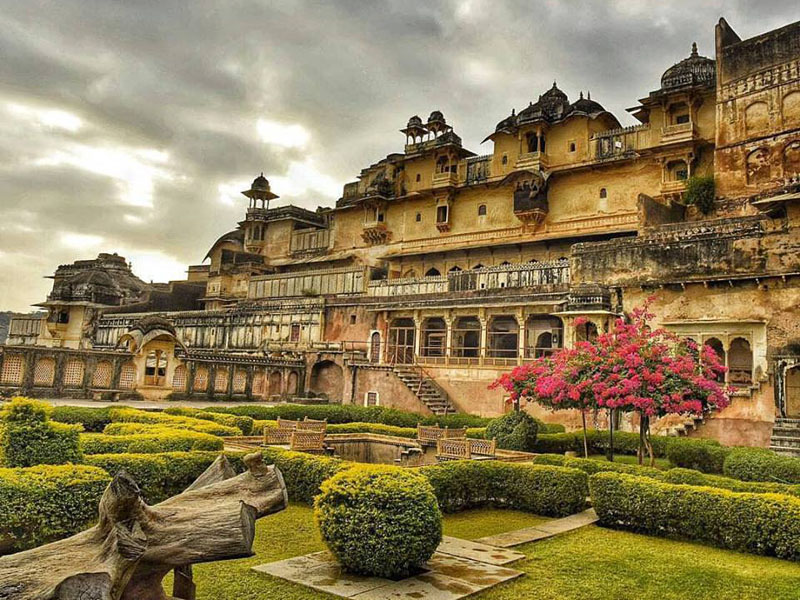
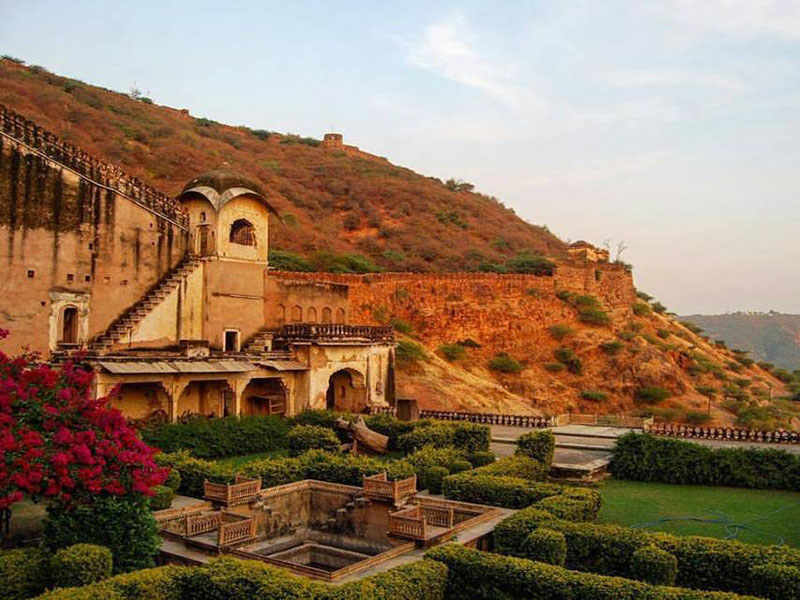
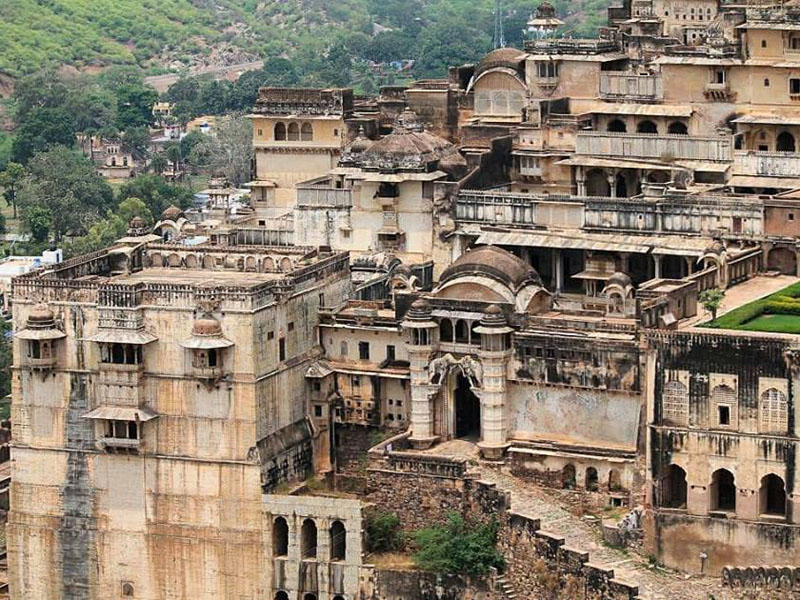
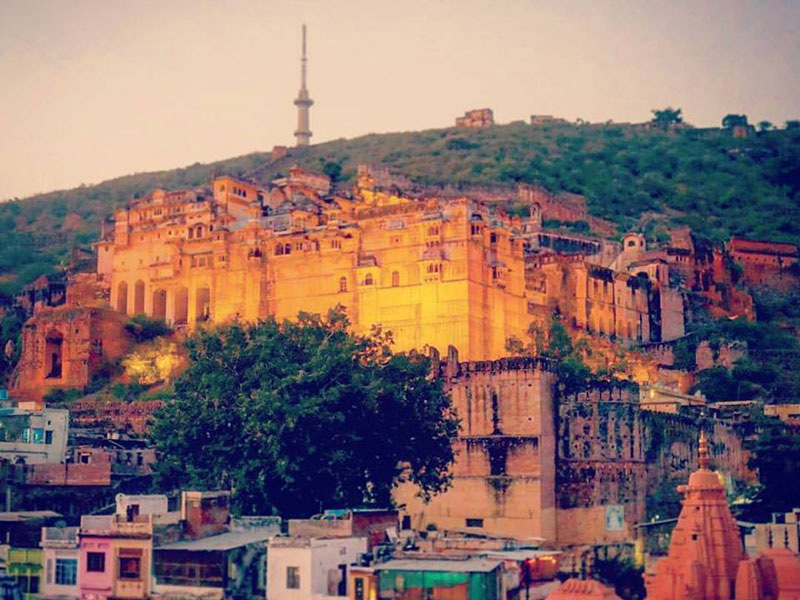
Day3 : Full day Excursion to kota (38 Kms From Bundi 1 hrs drive )
The foundations for the town of Kota were laid in 1264AD after the local Bhil tribal chief was defeated and beheaded by a faction of the Chauhanas. However, nothing much occurred for another four hundred years. The actual building of Kota began only in 1624 when it broke away from the imposing Bundi. Madho Singh, the new ruler, realised that he couldn't really live in a village surrounded by forests, so he got down to building a township which would suit his royal needs.
Akelgarh, on the right bank of the Chambal river, and 10 kms upstream of Kota, was the seat of power of the tribal Bhils who ruled over the adjacent area. During thirteenth century A.D. there were frequent skirmishes between the Bhils and the Hadas, who had recently acquired the Bundi principality to the north. In one such battle in 1264, Jait Singh, the younger son of Samar Singh of Bundi slew the Bhil chieftain, Kotya and captured Akelgarh. He was so impressed by Kotya's bravery that he named his newly conquered principality Kotah after him. The severed head of Kotya was buried in the foundations of Jait Singh's new fort. Kotya has been honoured and remembered daily ever since in the Kotya Bhil Temple. This is in the outer wall of the Palace to the left of the main gate. Kota may be the only town named after the loser and not the victor!
In the later Mughal administrative structure Kotah and Bundi formed a part of the Ajmer �suba' until Kotah was separated from Bundi in the 17th Century. RaoSurjan of Bundi had won a favourable position at Akbar's Court by handing over Ranthambhore, which he had gained from the weakened Rana of Mewar (Udaipur).
Rao Rattan of Bundi entrusted the jagir of Kota to Madho Singh in 1624 A.D..Madho Singh played an important role in putting down the rebellion of Prince Khurram, eldest son of the Mughal Emperor Jehangir, but he befriended him when the Prince was in custody. When Prince Khurram became Emperor as Shah Jehan he confirmed the jagir of Kota for Madho Singh. His cenotaph can be seen in Ksharbagh (Garden of Ashes) near Kishore Sagarlake.
After Visit Kota Palace Walk in Old part of City Including :-- BHERU GALI, MATHURADHEESH TEMPLE, SABZIMANDI.
Later Drive to visit Government museum.
The Government Museum
The Government Museum is housed in the Brij Vilas Palace near the Kishore Sagar Tank. The museum has a collection of rare coins, manuscripts, stone idols and other sculptural fragments mainly from the archaeological sites at Baroli and Jhalawar.
Later drive for boat safari in Chambal River for two Hrs.
Boat Safari In Chambal :--When you come to kota you can't escape the river. The Chambal flows through the city and it does not look like a river in the middle of a even a few minutes on a boatandyou're beginning to see kingfishers diving and birds nesting on the rocky banks of the river.
The chambal dominates the city you can take a ride on it and watch for birds. There are more then 20 local species including the critically endangered white-backed and long-billed vultures as well as the more common cormorants, owls, river terns say locals Migratory species include the brah-mini duck, the brown-headed gull and the Chinese coot the morning ride is probably the best time to go bird-watching, although there are rides all through the day in winter. The river is exceptionally clean.
Evening drive back from Safari to Takephotograps of Jagmandir, Seven wonders park, Sharbagh.
Seven Wonders Park :-- Over 150 Traditional stone artisans from Bharatpur ,Dholpur, and have scuipted replicas of the TAJ Mahal, Great Pyramid og Giza and others arcjitectural marvels in a park in Vallabh Bari in the heart of the twon. The replicas while smaller in size closely model the originals in their construction technique and use of material. Timmings 1600 Hrs – 22 Hrs.
Later Drive back to hotel O/N at Hotel. Bundi
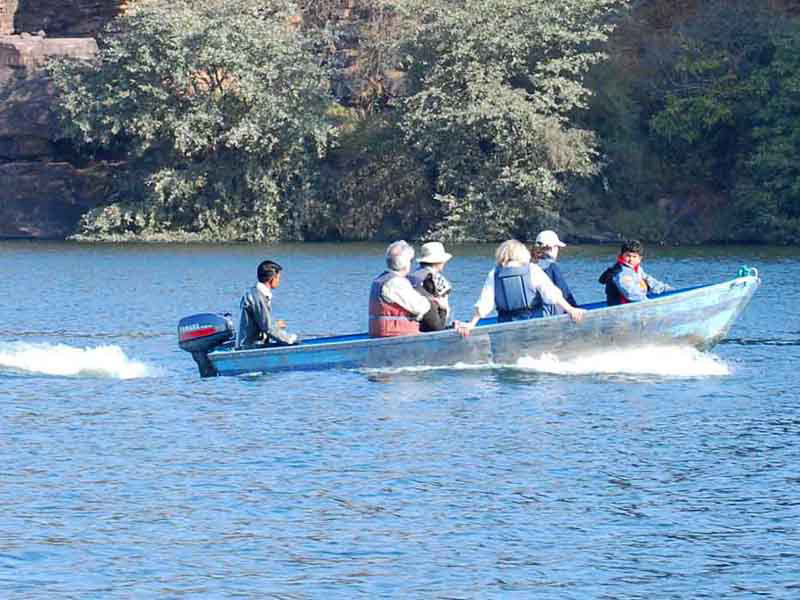
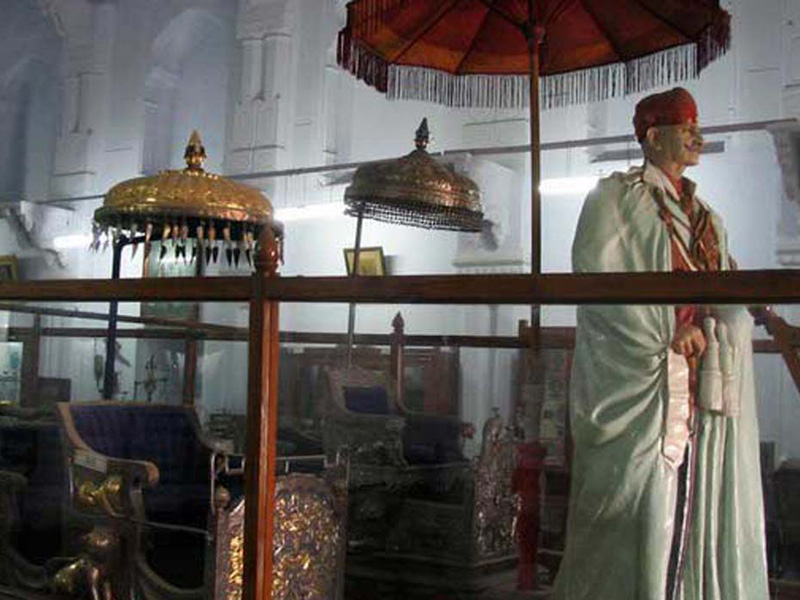
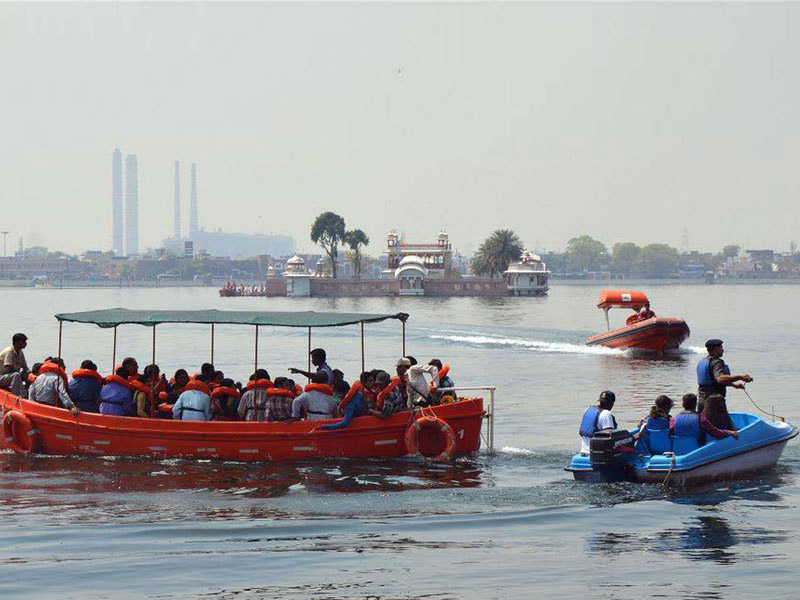
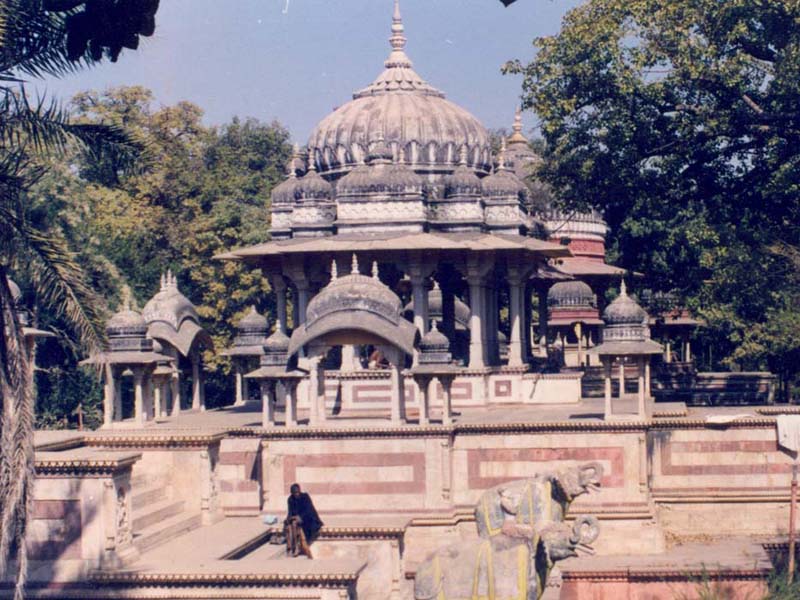
Day4 : End Tour
After breakfast Check out from Hotel with memorable memories of trip.












